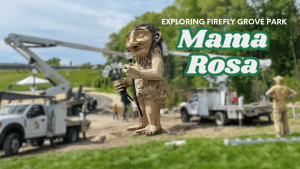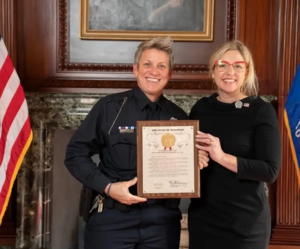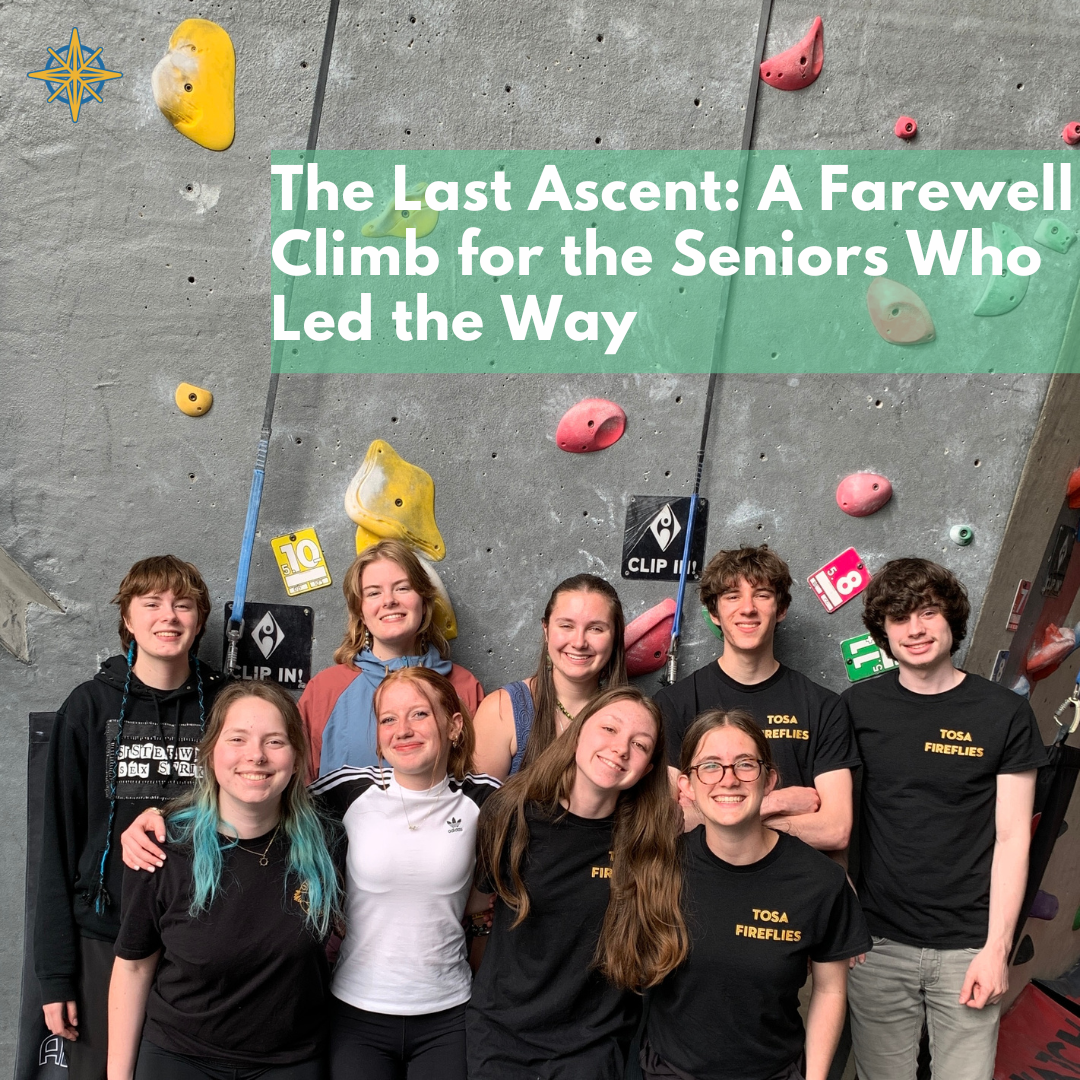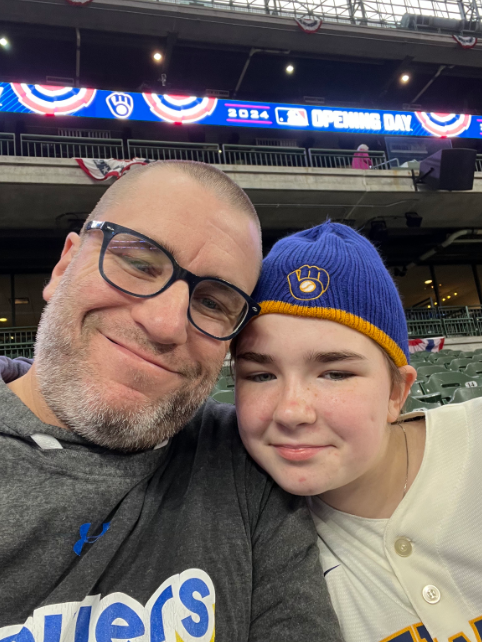Día de Los Muertos: Perspective and Representation
November 2, 2021
Now a senior at Tosa East, Gaby Duarte spent 2 years living in San Miguel de Allende, México. They were able to experience rich Mexican culture and traditions, including colorful Día de Los Muertos celebrations.
“They decorate the city with papel picado, cempasuchiles, and some street performers wear huge catrina puppets and parade around the city,” Duarte said.
Duarte’s experience allows her to see Día de Los Muertos celebrations here in the United States with a critical perspective that looks beyond what everyday Americans perceive.
Día de Los Muertos can be traced back over 3,000 years to the Toltec people of central México, from whom the Aztecs, descendants of the Toltecs, adopted practices and beliefs. A central belief of Aztec spirituality was that death is an integral part of life and humanity.
“It is believed death shouldn’t ever be viewed as a bad thing,” Duarte said.
The Toltec people would leave out food, water, and tools to aid their loved ones in reaching Mictlán, which they believed was the final resting place. When the Spanish arrived in what we now call México, they were interested in converting indigenous people to Catholicism and destroying indigenous culture.
Indigenous people attempted to resist this colonization, and while they were not completely successful, the Aztecs were able to incorporate their traditions into the Catholic religion imposed upon them. All Saints Day and All Souls Day are celebrated by the Catholic Church on the first and second of November. The indigenous people of México used these holidays as a way to continue their traditions.
Día de Los Muertos has evolved in numerous ways since it began. One of the most prominent symbols of the holiday is La Calavera Catrina.
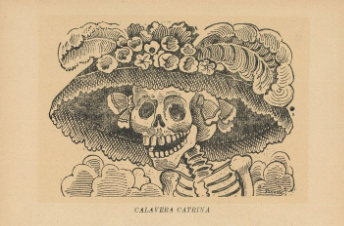
While the name might not be familiar, many Americans can recognize the skull imagery associated with the celebration. She was created by José Guadalupe Posada, a Mexican sketch artist, during the Mexican Revolution, to satirically criticize Mexican people adopting European aesthetics and rejecting their own indigenous culture. Her hat showcases the European aesthetic, and her skeleton figure sends the message “we are all the same underneath”.
In the present day, La Catrina is shown in many aspects of Día de Los Muertos, examples being sugar skulls, face paint, and costumes. Her image is often used in costumes or decorations that are insensitive to Mexican culture.
“I often see people in the States dressing as catrinas for Halloween which definitely feels like appropriation to me,” Duarte said.
Mrs. Anna Troy of the Spanish department at East is also critical of Americanized decor and costumes, specifically of Target’s 2021 Día de Los Muertos line.
“Many of the products sold seem more commercialized to appeal to a wider audience rather than authentic products and decor that are more typically used by Latinx during Día de Los Muertos,” she said.
The line was designed by Mexican American artist Luis Fitch, isn’t labeled as part of the Halloween line, is beautifully colorful, and doesn’t portray Día de Los Muertos imagery as “spooky”, which is an improvement from years before. However, it still reduces the celebration to a few images– such as la Catrina– that represent it.
The products aren’t a completely accurate reflection of the celebration. There is no acknowledgment of the political history or message behind La Calavera Catrina, oppression of indigenous people by evangelist colonizers that created the holiday, or the rich culture surrounding Día de Los Muertos.
Still, Troy acknowledges the thought and effort put into the line.
“[Target has]made an effort to respect their Latinx customers and their culture by including Latinx designers in their Día de Los Muertos and Hispanic Heritage Month products,” she said.
Another example of Día de Los Muertos representation in media is the 2017 Pixar movie Coco. While only one of the two directors has Mexican/Latinx heritage, it makes up for it with an entirely Latinx cast and culturally sensitive portrayal of Día de Los Muertos.
“I love the movie and think it does a very good job depicting a lot of the traditions practiced for Día de Los Muertos. It also does a great job of depicting the importance of family and not mourning death, but celebrating life,” said Duarte.
Duarte sees potential problems with the setting of the movie, being the touristy town of San Miguel, which is inhabited by American retirees.
“It does take away a bit of the authenticity of México as a whole… overall it definitely accurately portrays the holiday, for the most part,” she said.
In all, it’s important to consider the historical, cultural, and political components of Día de Los Muertos, especially for non-Latinx people. Just as it is inappropriate to dress in Indigenous American attire or appropriate the culture of Black Americans, it is insensitive to wear ‘sugar skull makeup’ or dress as la Catrina, especially for Halloween.
“I honestly wish people just understood the traditions of the holiday and had more respect for the culture. The appropriation of Mexican culture in the United States is rampant,” said Duarte.
Día de Los Muertos is a holiday with rich cultural roots celebrating life, death, and those who have passed on. Its celebration is beautiful and meaningful to many people when done correctly, and should not be used as an excuse to appropriate Mexican and Latinx culture.





